-
Start
-
Soswaewon
-
Myeongokheon Garden
-
Original Changpyeong Pork Tripe and Intestine Soup with Rice
-
Samjinae village
-
Metasequoia Road
-
Meta-Province
-
Soarejone
-
Dalbittturak
-
Jungnogwon Bamboo Garden
-
Gwanbangjerim Forest
-
Ttukbang noodles
-
Yongheungsa Temple
-
Finish
Myeongokheon garden(No. 44 cultural asset of Jeollanam-do) is one of the beautiful private gardens in Korea. Damyang has a number of pavilions where classic scholars studied and trained younger students after leaving mundane world. It may be because it was the town where many classic scholars lived. O Hui-do(1583~1623) turned his back on the world and lived here. His fourth son O Myeong-joong built Myeongokheon along with a pond. Now, here we go!
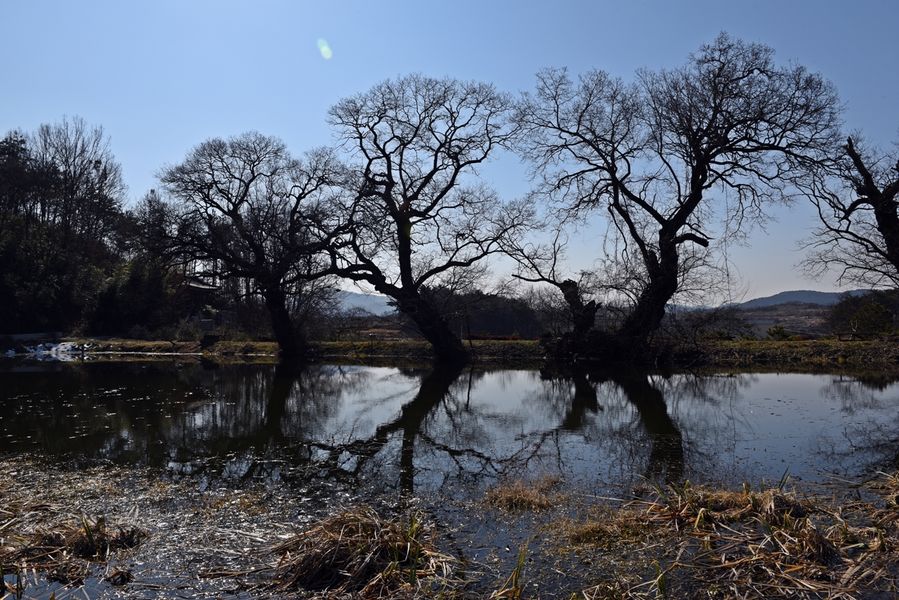
NIKON D750 | f/13.0 | iso 100 | 2016:02:10 13:25:44 | Flash did not fire, compulsory flash mode | 24mm
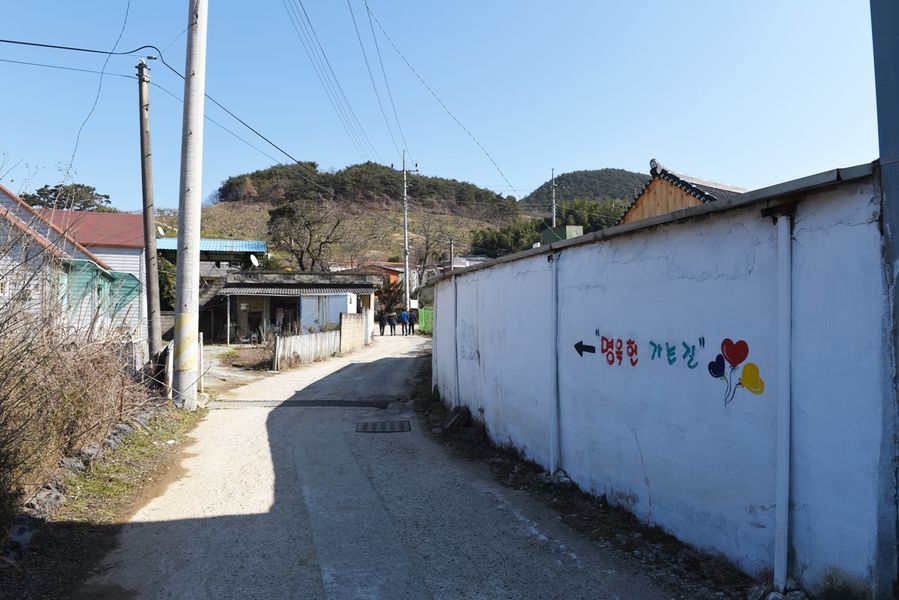
NIKON D750 | f/9.0 | iso 100 | 2016:02:10 13:26:48 | Flash did not fire, compulsory flash mode | 24mm
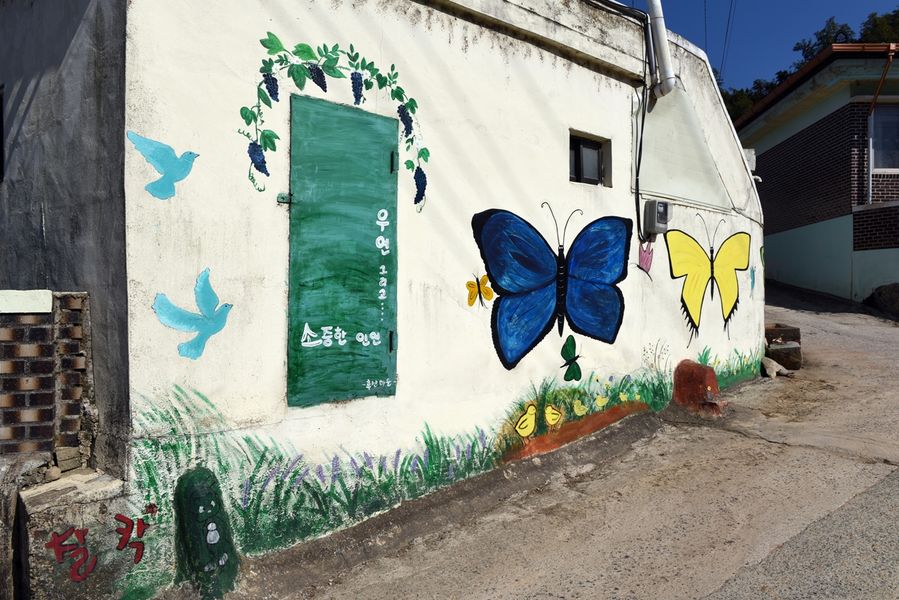
NIKON D750 | f/9.0 | iso 100 | 2016:02:10 13:28:51 | Flash did not fire, compulsory flash mode | 24mm
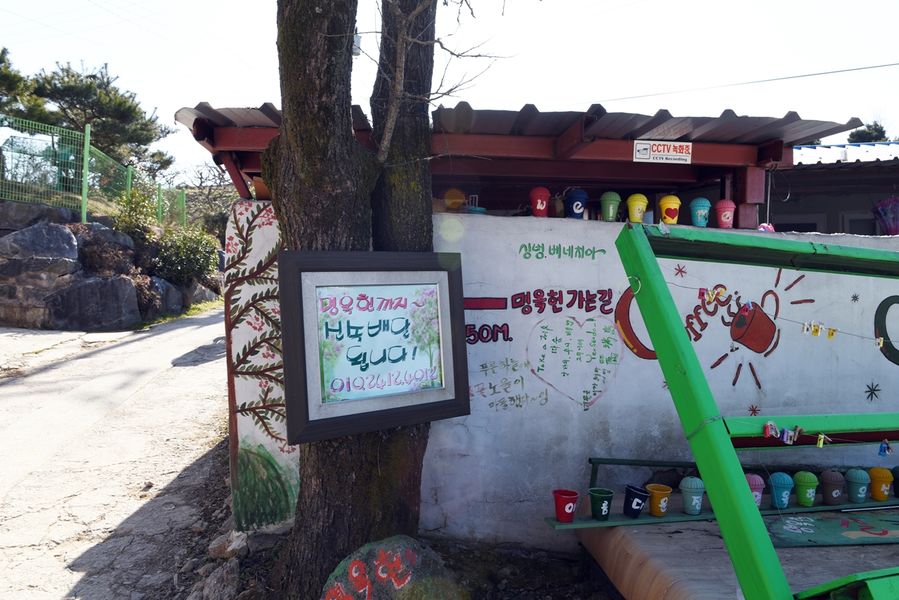
NIKON D750 | f/8.0 | iso 100 | 2016:02:10 13:29:32 | Flash did not fire, compulsory flash mode | 24mm
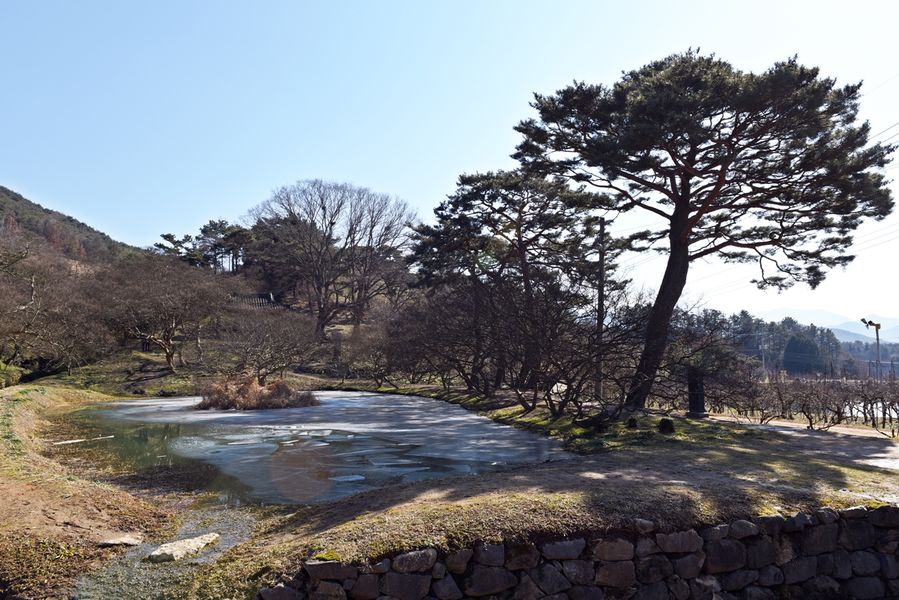
NIKON D750 | f/11.0 | iso 100 | 2016:02:10 13:31:48 | Flash did not fire, compulsory flash mode | 24mm
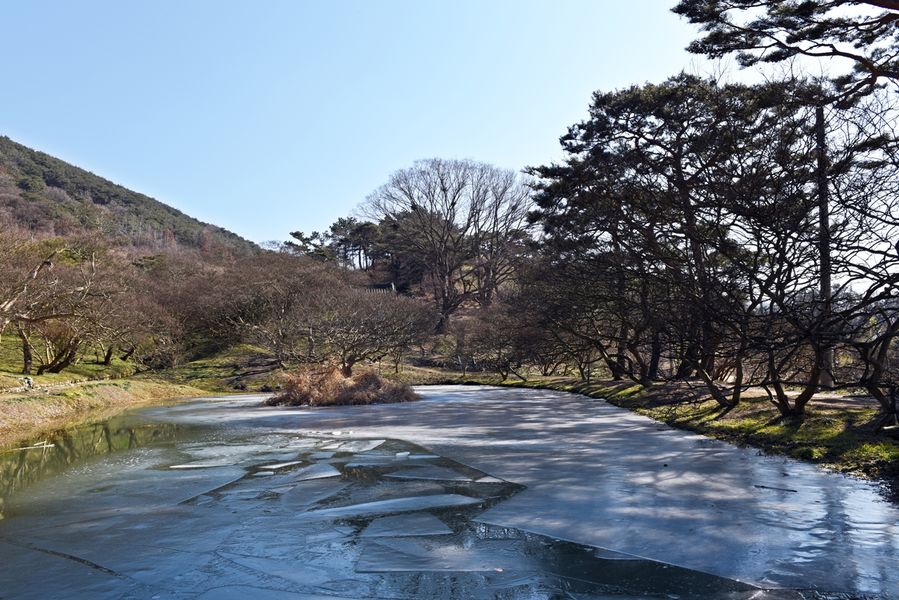
NIKON D750 | f/11.0 | iso 100 | 2016:02:10 13:32:29 | Flash did not fire, compulsory flash mode | 24mm
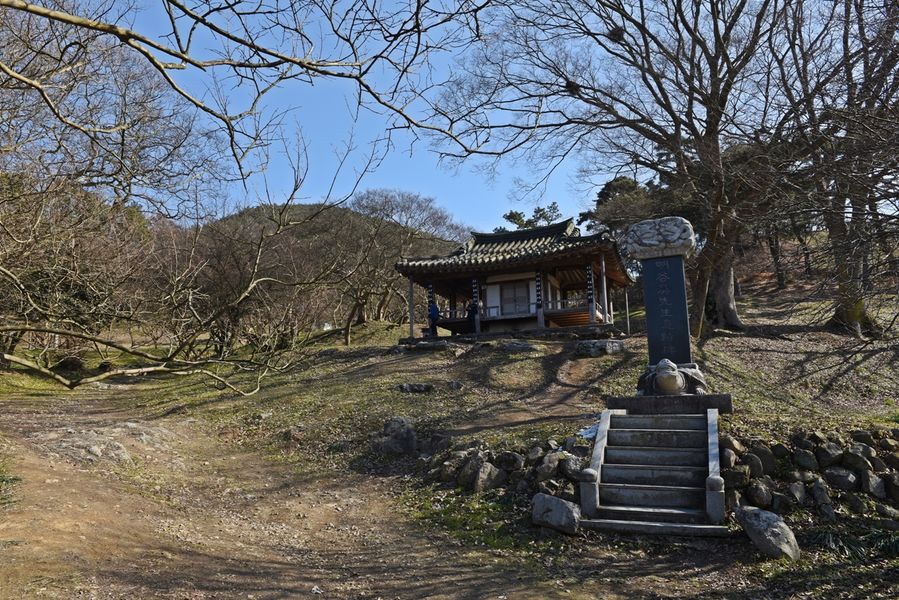
NIKON D750 | f/11.0 | iso 100 | 2016:02:10 13:33:39 | Flash did not fire, compulsory flash mode | 24mm
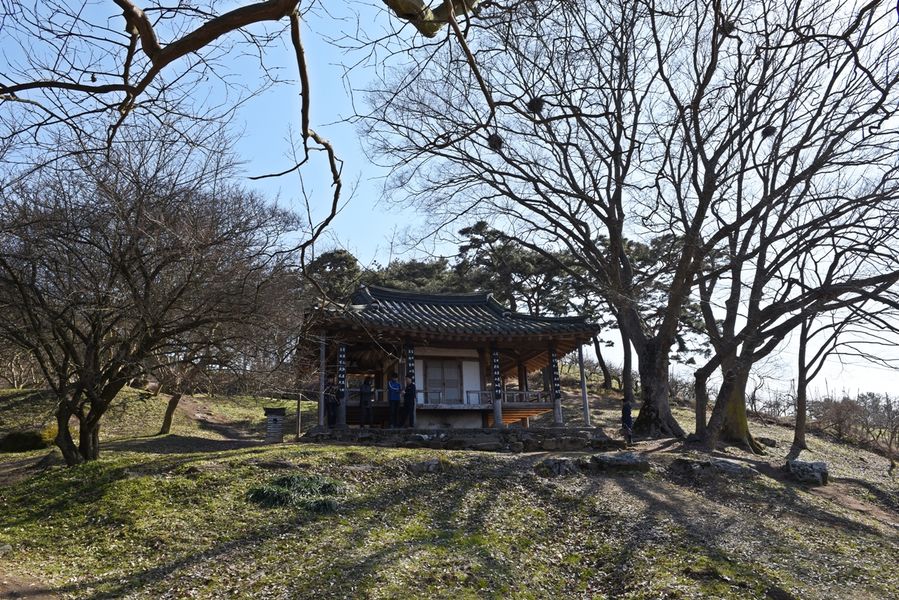
NIKON D750 | f/11.0 | iso 100 | 2016:02:10 13:34:36 | Flash did not fire, compulsory flash mode | 24mm
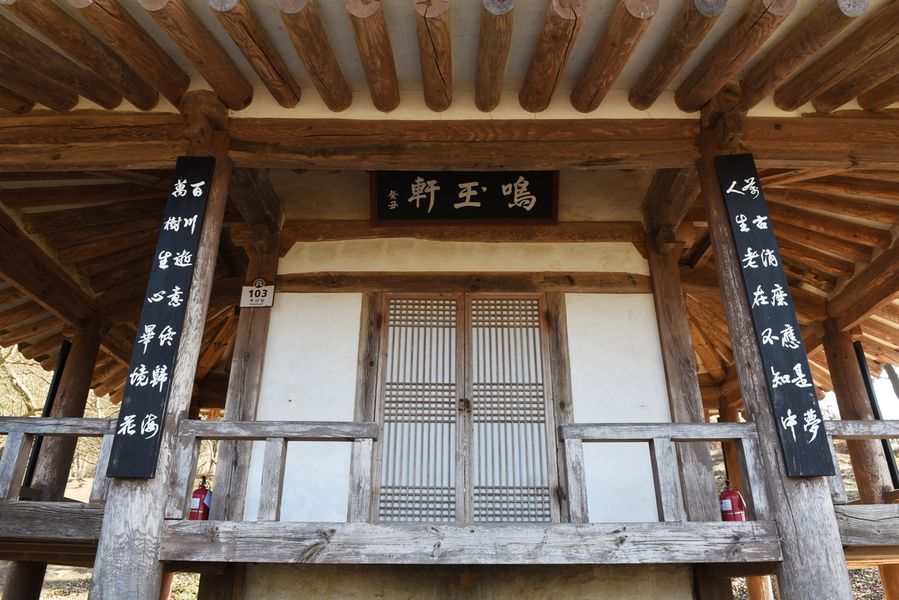
NIKON D750 | f/8.0 | iso 100 | 2016:02:10 13:35:24 | Flash did not fire, compulsory flash mode | 24mm
The signboard of Myeongokheon was made based on the words on the huge rock written by Song Si-yeol. You can see hanging wooden plates that Chinese poetry is written. You may see the wooden plates on the pillars of yangban's house. That is called “Juryeon(a verse couplet carved or written on a plank which is put on a pillar)”. Usually, owners of house write his source of pride or Chinese poetry on it. This is the meaning of the Chinese poetry above.
A brook flows to return to the sea.
A tree lives to blossom its flowers.
Every thing is a dream that disappears all of a sudden.
Hours slipped away and I've got old.
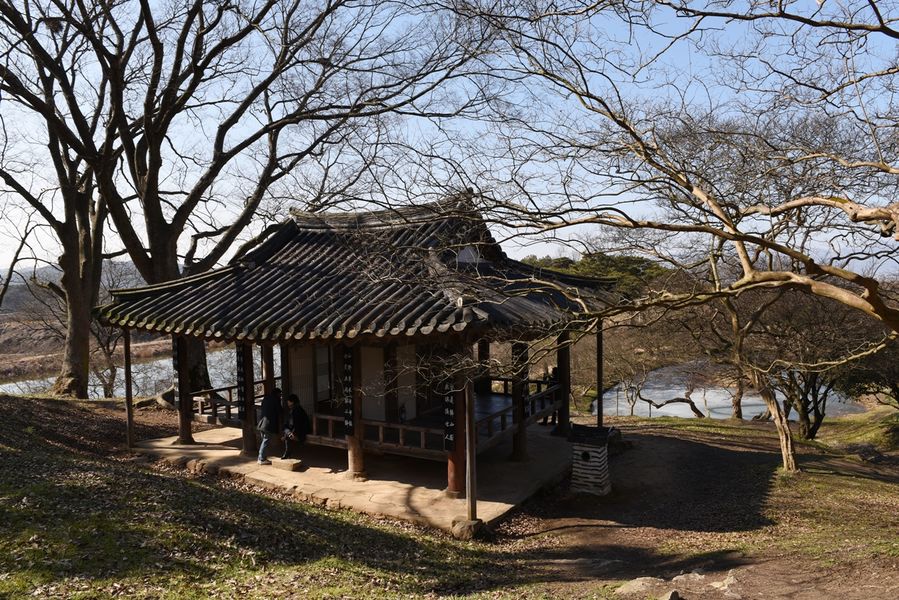
NIKON D750 | f/10.0 | iso 100 | 2016:02:10 13:36:38 | Flash did not fire, compulsory flash mode | 24mm
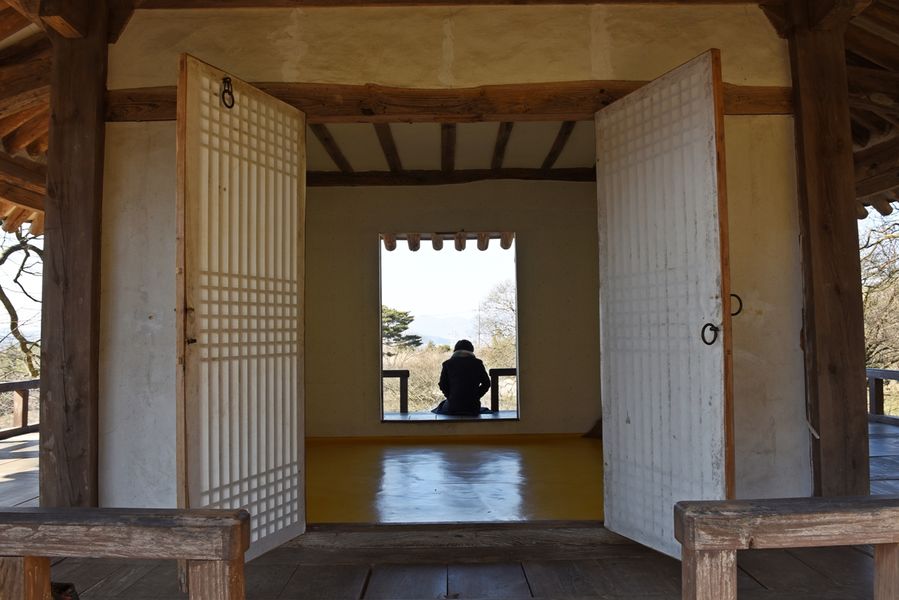
NIKON D750 | f/9.0 | iso 100 | 2016:02:10 13:39:26 | Flash did not fire, compulsory flash mode | 24mm
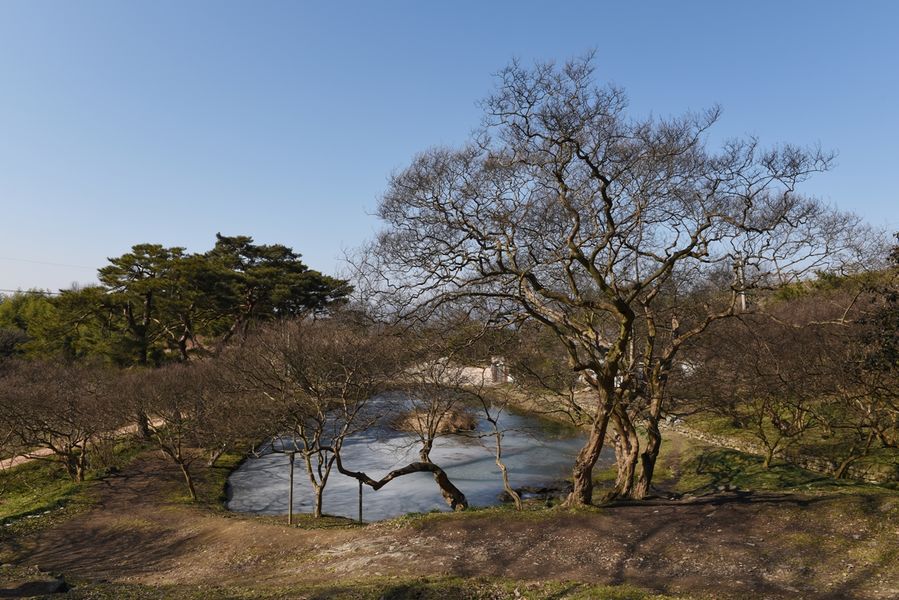
NIKON D750 | f/9.0 | iso 100 | 2016:02:10 13:41:43 | Flash did not fire, compulsory flash mode | 24mm
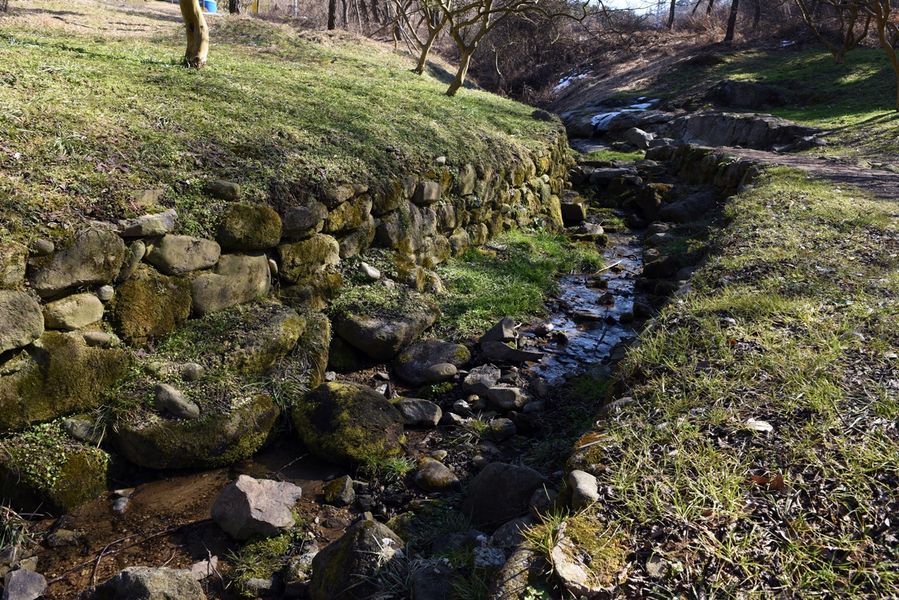
NIKON D750 | f/11.0 | iso 100 | 2016:02:10 13:37:25 | Flash did not fire, compulsory flash mode | 24mm
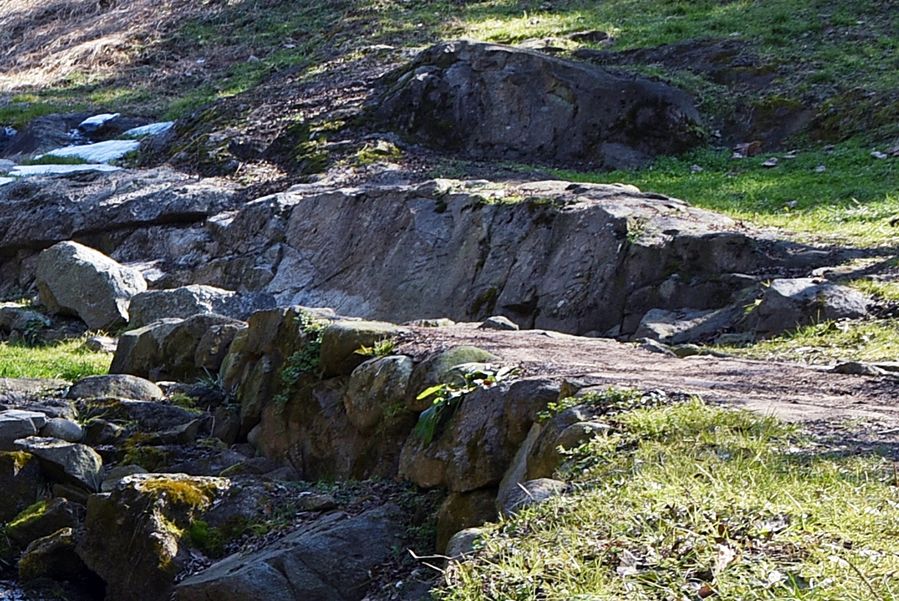
NIKON D750 | f/11.0 | iso 100 | 2016:02:10 13:37:25 | Flash did not fire, compulsory flash mode | 24mm
The garden was named “Myeongokheon” as the water sounds like jade marble. Song Si-yeol wrote “Myeongokheon gyechuk” on the rock. The signboard of Myeongokheon was originated from it.
There is an old ginkgo tree in Husan-ri, the village at the entrance of Myeongokheon. King Injo tied his horse at the tree when he visited the village to get supporting power. The tree, which is called as Husan-ri ginkgo tree, is 600 years old. It is good to look around.
+Address: Myeongokyeon, Husangil 103, Goseo-myeon, Damyang-gun, Jeollanam-do
+Contact information: 061-380-3752
+Open throughout the year. Admission fee, parking fee: free
Address: 전남 담양군 고서면 후산길 103 / 대한민국 전라남도 담양군 고서면 후산길 103










